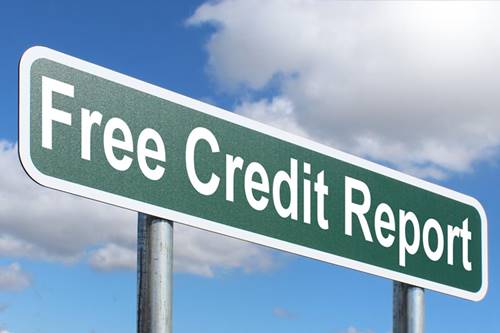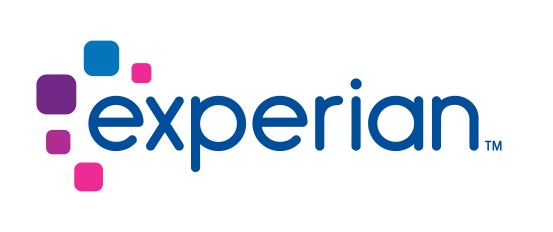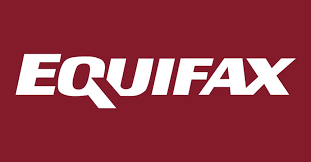
Table of Contents
Difference Between Credit Report and Credit Score
When you apply for a credit line (loan or credit card), lenders access your Credit Report and Credit Score. At first glance, both can be easily confusing. To define in simple words, the credit report is a record of your credit history, whereas, a credit score is a grade given to your report. In this article, you will understand the difference between credit report and credit score in detail.
Credit Score Vs Credit Report- Overview

Credit Score
A credit score is expressed in a three-digit number that represents the creditworthiness of an individual. These scores are given by credit rating agencies like CIBIL Score, Equifax, Experian and CRIF High Mark. Every credit bureau has their own scoring models. But, it typically ranges from 300-900. The credit score is calculated based on the information listed in your credit report.
Good and Bad Credit Score
| Poor | Fair | Good | Excellent |
|---|---|---|---|
| 300-500 | 500-650 | 650-750 | 750+ |
Achieving a higher score, i.e., above 750 is a very difficult task. But, once you have it in your report, you are eligible for most credit advantages.
With a good score, you can get quick approval of a loan and credit card. But, with a bad score, you won’t get credit approvals, even if you get, it would come with high-interest rates.
For achieving good scores, you need to inculcate good credit habits. Start paying your credit card dues and loan EMIS on time, stick to 30-40% of the Credit Limit, avoid hard inquiries, etc.
Check credit score
Credit Report
A credit report is like your financial resume. It holds all your credit information like-
- Payment history
- Number of credit accounts you hold
- Types of account
- Recently closed accounts
- Credit limits
- Loan balances
The report also includes your personal information like name, address, birth date, etc. All the major Credit Bureaus compile the credit report.
Being the owner of your report, it is your responsibility to monitor it regularly. Credit report sometimes has errors, which bring down your score. So examine it thoroughly and dispute any mistakes you find.
Difference Between Credit Report and Credit Score
| Parameters | Credit Report | Credit Score |
|---|---|---|
| What is it? | You can Call it as your financial resume. It has all your current and past credit information. | It is a three-digit number that measures your credit risk based on the information in your credit report. |
| What does it include? | It includes your personal information, Income details, loan & credit card details, credit card cancellation, loan settlements, etc. It also includes your credit score, which is an important part of the report. | It includes your score, which is typically between 300-900. This score represents your creditworthiness. So, the higher the score, the better credit opportunities you’ll have. |
| Who can see it? | Lenders, creditors, employers, Insurance companies, etc. | Lenders, credit card issuers, potential employers, insurance companies, etc. |
| Where can you get it? | You are entitled to one free credit report every year by each RBI-registered credit bureau in India. | You can check it in your credit report. Also, lenders are required to show customers the scores that are pulled for the loan application. |
| How can you see your creditworthiness? | The credit report provides detailed information about your current and past credit accounts, debt collection, records, loan amounts, defaults, etc. | Your score is factorized on 5 major parameters- payment history (35%), outstanding debt (30%), credit history length (15%), recent inquiries (10%), types of credit in use (10%). All these factors determine your score & creditworthiness. |
Conclusion
Now when you know the difference between credit report and credit score, focus on maintaining Good Credit habits. Strong credit history will make your financial life easy. You can always apply for a credit card or a loan with confidence!
All efforts have been made to ensure the information provided here is accurate. However, no guarantees are made regarding correctness of data. Please verify with scheme information document before making any investment.
You Might Also Like












